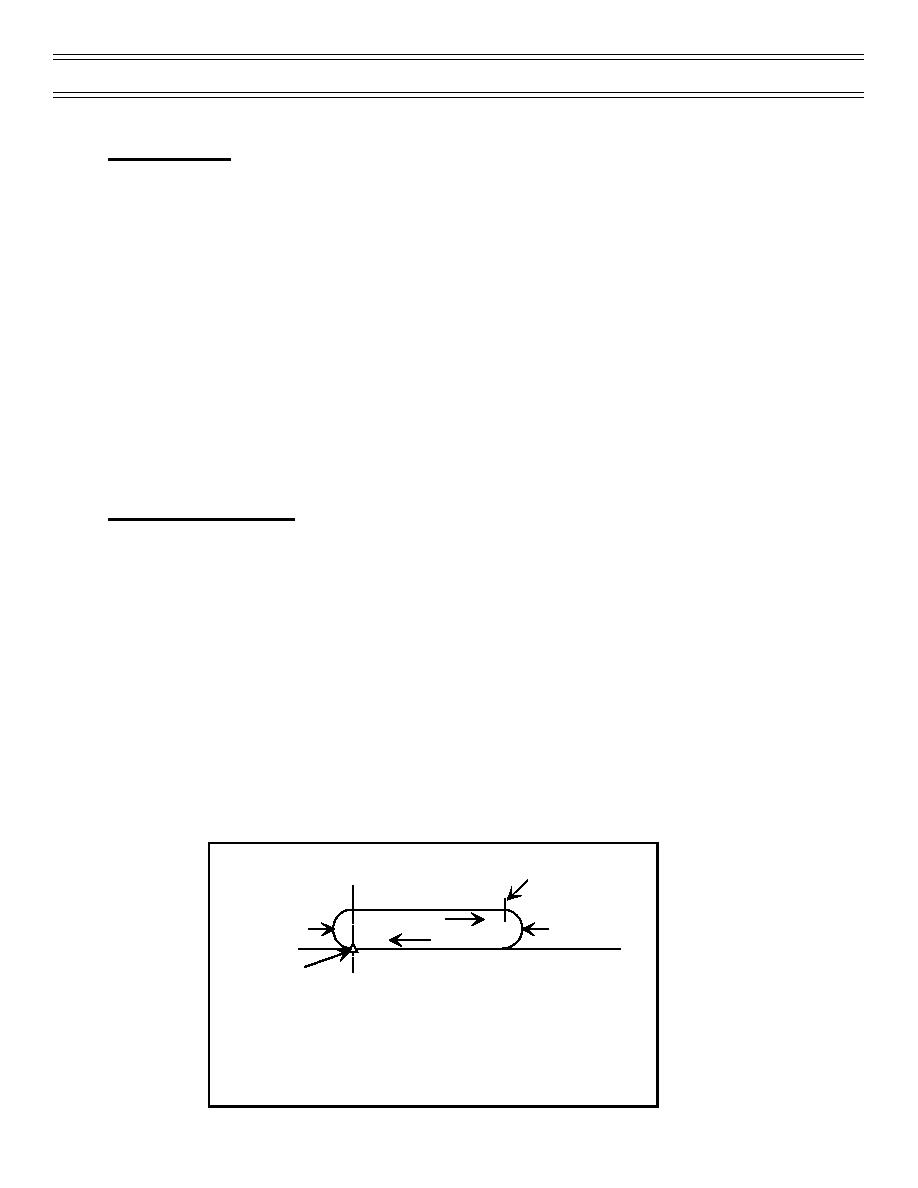
Instrument Flight
Flight Procedures
ARRIVAL PHASE
This phase consists of those activities occurring in the transition from enroute flight to approach and
includes procedures for holding and performing enroute descents.
HOLDING
“Holding” refers to the maneuvering of an aircraft in relation to a navigational fix. Holding patterns are
defined areas of airspace where aircraft could be required to hold en route, when awaiting clearance to
commence an approach, or after executing a missed approach. All aircraft given the same holding
instructions must fly the same pattern separated only by altitude. Holding is often required when weather
conditions are poor in a terminal area and traffic congestion occurs.
There are two basic categories of holding flown in the T-45A, VOR only and TACAN/VOR DME. The
difference between the two is predicated on the use or availability of DME to identify the fixes and the
limits of the holding pattern. There are also two different types of holding patterns, standard and
nonstandard. Standard holding uses right turns in the pattern and nonstandard holding is flown using left
turns in the pattern. Determination of which category and type of holding to be flown is dictated either by a
depiction on a chart, the clearance the pilot receives from the controller, or equipment availability. The
next several pages will discuss the clearances, holding communication, entries, pattern, and pattern
corrections in detail.
TACAN/VOR DME Holding
When you are instructed to hold in relation to a TACAN or VOR DME station, the radial, DME of the
holding fix, and DME limits of the pattern will be published (as on an approach plate) or will be assigned to
you by the controller (Figure 26).
A TACAN/VOR DME holding clearance will consist of the following instructions (if published holding
instructions are not available):
1. Direction of holding from the fix (e.g., W, NE, East)
2. Radial and DME of the holding fix
3. Outbound leg length or the outer limit of the pattern in nm (applicable DME)
4. Altitude
5. Direction of turns (if nonstandard, pilot request, or controller considers information
necessary)
6. Expected further clearance (EFC) time
Outbound Leg
(DME) Turn Point
Abeam
Holding Side
Outbound
Outbound
Fix End
End
Inbound
Reciprocal
Holding
Non-Holding Side
Holding
Course
Fix (DME)
(a) Standard Pattern : Right Turns (Illustrated)
(b) Nonstandard Pattern : Left Turns
Figure 26: STANDARD HOLDING PATTERN (TACAN)
Page 80
(12-00) Original


 Previous Page
Previous Page
